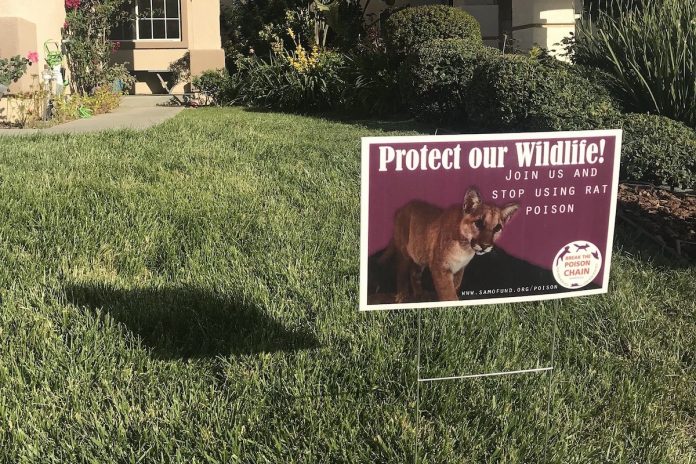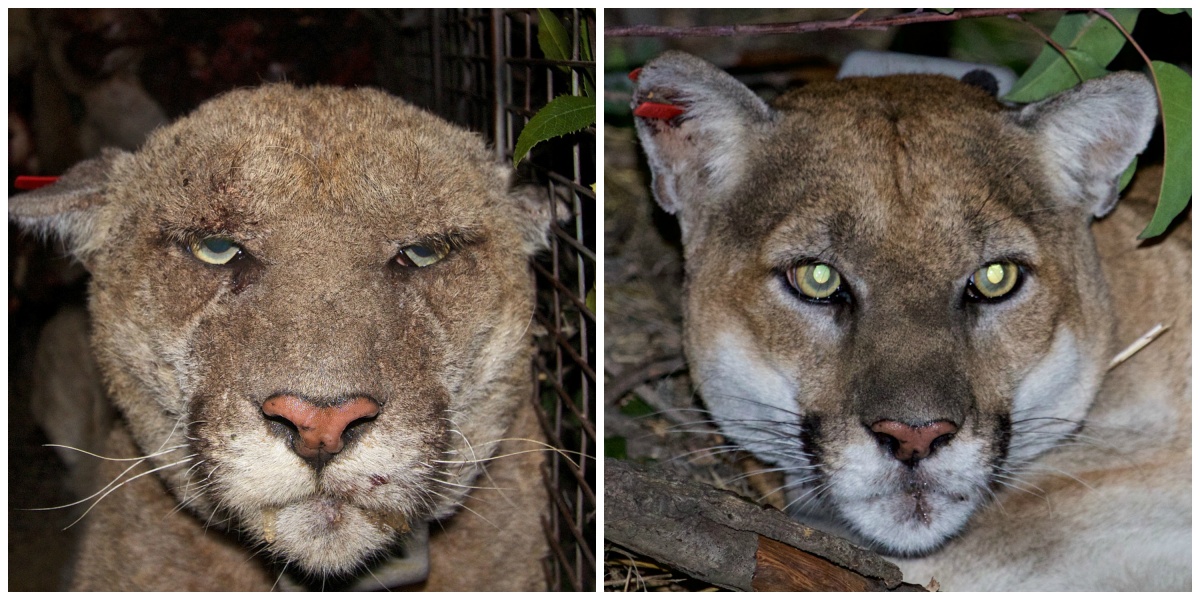
It’s well-known that humanity’s impacts on the natural world are heavy and far-reaching. Many of our actions come with damaging consequences for the environment; myriad headlines concerning climate change and microplastics in our food tell us as much. What many residents of Los Angeles County may not realize, however, is that we’ve found a way to quite literally poison our wildlife.
In recent years the megacity of LA has swelled to over 10 million residents, each of which generates about 4.5 pounds of waste and trash a day; with all that activity comes vermin.
Rodents (especially rats) are often associated with inner city street drains, filthy alleyways, and other unsanitary areas of our urban environment, but many homeowners know that rodents can be a problem even for the most seemingly pristine dwellings.
Pests are difficult to deal with because they’re small, multiply quickly, and are often evasive. Rodenticides, or rat poisons, were thus developed to efficiently wipe out chronic or widespread infestations. Set out in bait boxes, the pellets are designed to attract rodents, and when ingested, kill in various ways.
Different types and classes of chemicals have been formulated through the years, targeting various vital processes — bromethalin is a neurotoxic agent that causes muscle tremors and seizures; cholecalciferol leads to vomiting, diarrhea, and kidney failure; strychnine causes involuntary spasms and eventually suffocation through impaired breathing; the list goes on.
After rodents began to develop a resistance to the first types of poisons, the formula was reworked to give us second-generation rodenticides, which are typically anticoagulants. These chemicals, such as bromadiolone and diphacinone, work against blood clotting agents to cause internal bleeding.
Second-generation rodenticides can be faster acting, longer lasting, and can kill from one dose as opposed to multiple.
Make no mistake — anticoagulants do their job well. But now, as extensive biological research across state and federal agencies shows, we know that it’s all too well.

When a rodent succumbs to rodenticide poisoning, the chemicals in its body don’t just magically disappear. Biological systems are unaccustomed to flushing out complex, unfamiliar toxins or foreign chemicals in too high of a concentration; consequently, the poison remains in the body of the dead rodent.
Opportunistic predators that feed upon dead, poisoned rodents soon begin to suffer similar health defects. Due to a process called bioaccumulation, the rodenticides in the collective bodies of the poisoned rodents that a predator feeds on remain trapped within the predator’s body tissue — the predator can then unknowingly continue to poison itself with a higher and higher dose, and the rodenticide works its way up the food chain.

According to an ongoing National Park Service study, over 85% of coyotes, 88% of bobcats, and 95% of mountain lions tested positive for rodenticide exposure. The rodenticides act on these larger animals in the same way, causing massive internal bleeding, organ failure, and central nervous system depression.

It’s not just wildlife that’s affected, either. Cats and dogs are common victims of secondary rodenticide poisoning (when consuming poisoned rodents) as well as primary poisoning (eating the bait), which is difficult for a veterinarian to treat for without knowing details about the type of poison ingested.
It was a huge victory for all animal lovers, then, when environmental advocate Assemblymember Richard Bloom of the 50th Assembly District penned Assembly Bill 1788 alongside Assemblymember Laura Friedman (43rd District).
AB 1788 proposes a statewide ban on the use of second-generation anticoagulants (brodifacoum, bromadiolone, difenacoum, difethialone) with exemptions for agriculture and government agency use in the interest of public health. The bill would also ban the use of first-generation anticoagulants (warfarin, diphacinone, chlorophacinone) on state-owned land.
You can read the full text of the bill here, and learn more about our state’s legislative process here.
On May 6 AB 1788 passed the State Assembly with a 50-16 vote, and on June 19 passed through the California State Senate Environmental Quality Committee.
The bill will now be subject to a hearing in front of the California State Senate Natural Resources and Water Committee on July 9.




















.png)







